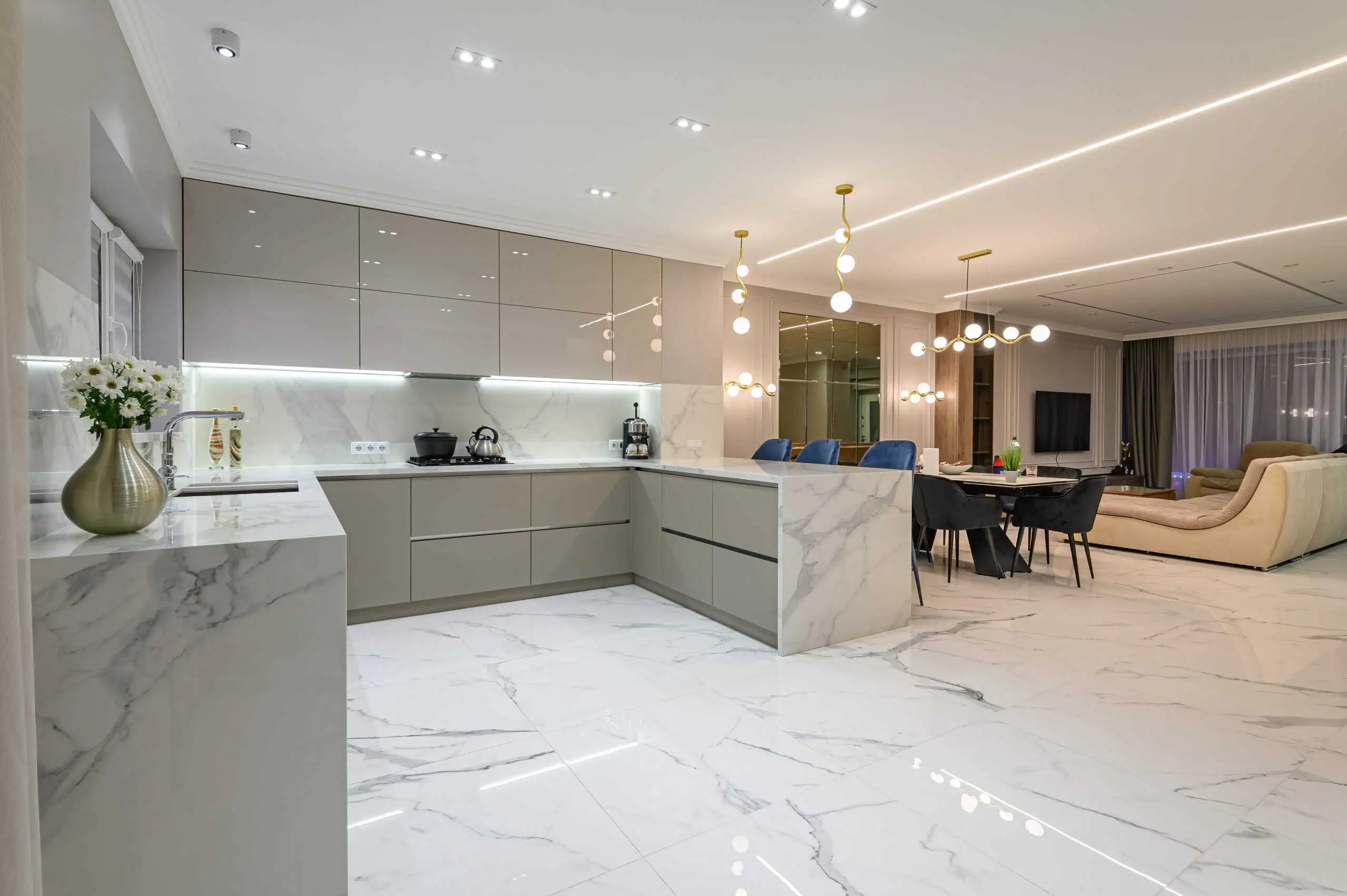Want to restore the showroom shine to your marble? Diamond Stone Restoration Corp specializes in Marble Restoration in Greenwich Village, NY, bringing back the natural gleam of your marble surfaces.

Hear from Our Customers

Diamond Stone Restoration Corp is a trusted name in New York City for Marble Restoration, specializing in marble polishing in Greenwich Village. We have a team of extremely talented technicians who have extensive experience in polishing all types of marble, be it floors, countertops, vanities, and walls. We utilize stellar equipment and industry-approved techniques to accomplish the best results for your property.


Ready to get started?
Marble Restoration in Greenwich Village is the key to unlocking the true beauty of your marble surfaces. Professional polishing can transform dull, worn-looking marble into a stunning focal point in your home or business. Contact Diamond Stone Restoration Corp today to schedule a polishing service and let us make your marble shine.

In the 16th century, Lenape referred to its farthest northwest corner, by the cove on the Hudson River at present-day Gansevoort Street, as Sapokanikan (“tobacco field”). The land was cleared and turned into pasture by the Dutch and their enslaved Africans, who named their settlement Noortwyck (also spelled Noortwijck, “North district”, equivalent to ‘Northwich/Northwick’). In the 1630s, Governor Wouter van Twiller farmed tobacco on 200 acres (0.81 km2) here at his “Farm in the Woods”. The English conquered the Dutch settlement of New Netherland in 1664, and Greenwich Village developed as a hamlet separate from the larger New York City to the south on land that would eventually become the Financial District. In 1644, the eleven Dutch African settlers in the area were granted half freedoms after the first Black legal protest in America. All received parcels of land in what is now Greenwich Village, in an area that became known as the Land of the Blacks.
The earliest known reference to the village’s name as “Greenwich” dates back to 1696, in the will of Yellis Mandeville of Greenwich; however, the village was not mentioned in the city records until 1713. Sir Peter Warren began accumulating land in 1731 and built a frame house capacious enough to hold sittings of the New York General Assembly when smallpox rendered the city dangerous in 1739 and subsequent years; on one occasion in 1746, the house of Mordecai Gomez was used. Warren’s house, which survived until the Civil War era, overlooked the North River from a bluff; its site on the block bounded by Perry and Charles Streets, Bleecker and West 4th Streets, can still be recognized by its mid-19th century rowhouses inserted into a neighborhood still retaining many houses of the 1830-37 boom.
From 1797 until 1829, the bucolic village of Greenwich was the location of New York State’s first penitentiary, Newgate Prison, on the Hudson River at what is now West 10th Street, near the Christopher Street pier. The building was designed by Joseph-François Mangin, who would later co-design New York City Hall. Although the intention of its first warden, Quaker prison reformer Thomas Eddy, was to provide a rational and humanitarian place for retribution and rehabilitation, the prison soon became an overcrowded and pestilent place, subject to frequent riots by the prisoners which damaged the buildings and killed some inmates. By 1821, the prison, designed for 432 inmates, held 817 instead, a number made possible only by the frequent release of prisoners, sometimes as many as 50 a day. Since the prison was north of the New York City boundary at the time, being sentenced to Newgate became known as being “sent up the river”. This term became popularized once prisoners started being sentenced to Sing Sing Prison, in the town of Ossining upstream of New York City.
Learn more about Greenwich Village.Local Resources
Useful Links
Ready To Restore The Beauty Inside Your Stone?
Show the beauty of your stone and your floor when you get help from DSR. Let’s work together to give you the best results possible. Contact us today!
Diamond Stone Restorations Corp
Company
Support
Useful Links